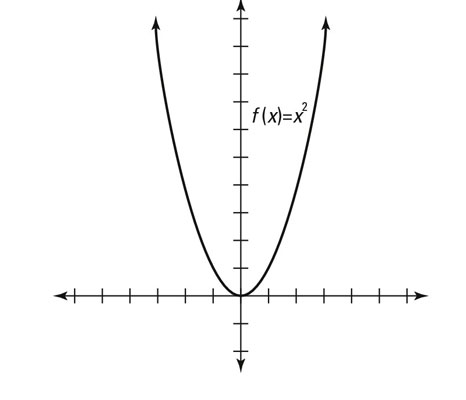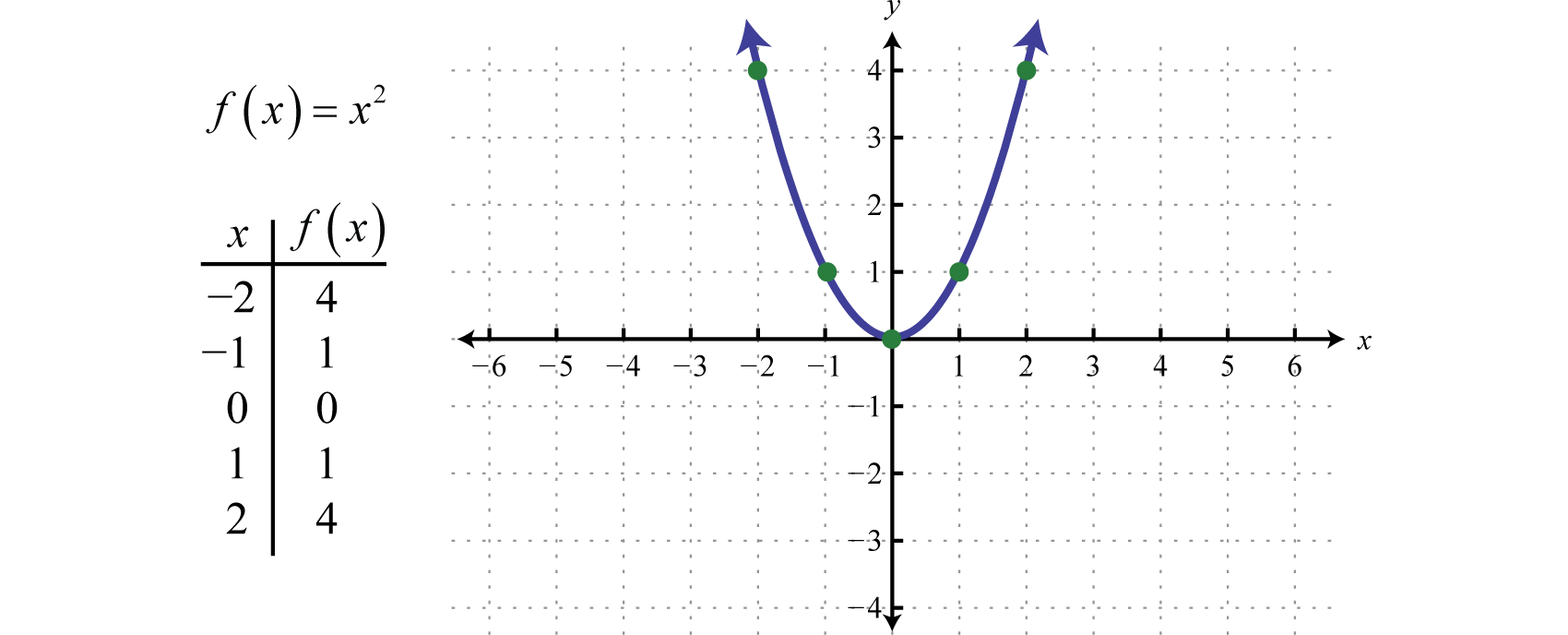
When you do, you get 4 back again. In this case, you need to find g (11). Take the value from Step 1 and plug it into the other function.
Since, it has the same amplitude as. For example, suppose you wanted the graph of. Just as you did with sine functions, you can use these facts to draw the graph of any function in the form by starting with the graph of and modifying it. In addition to the plotting of standard graphs, such as a Y Graph, the inclusion of implicit function graph plotting CONICS and a.You know the function has amplitude and period. Whoa This works with any number and with any function and its inverse: The point ( a, b) in the function becomes the point ( b, a) in its inverse.By Shaun Ault on Janu, UPDATED ON June 19, 2017, in APOther useful functions.
Here a, b and c represent real numbers where a 0. A quadratic function is a polynomial function of degree 2 which can be written in the general form, f(x) ax2 + bx + c. Asymptotes definitely show up on the AP Calculus exams).The Graph of a Quadratic Function. What is an asymptote anyway? How do you find them? Is this going to be on the test? (The answer to the last question is yes. In my experience, students often hit a roadblock when they see the word asymptote. Can you graph their derivatives.

(Remember, the degree of a polynomial is the highest exponent on any term. For instance, polynomials of degree 2 or higher do not have asymptotes of any kind. Finding Oblique AymptotesA function can have at most two oblique asymptotes, but only certain kinds of functions are expected to have an oblique asymptote at all.
Polynomial Division to Find Oblique AsymptotesIf you’ve made it this far, you probably have seen long division of polynomials, or synthetic division, but if you are rusty on the technique, then check out this video or this article.The idea is that when you do polynomial division on a rational function that has one higher degree on top than on the bottom, the result always has the form mx + b + remainder term. Now how do we find it? This next step involves polynomial division. Knowing when there is a horizontal asymptote is just half the battle. But a rational function like does have one. If the degree of the numerator (top) is exactly one greater than the degree of the denominator (bottom), then f( x) will have an oblique asymptote.So there are no oblique asymptotes for the rational function. Rational FunctionsA rational function has the form of a fraction, f( x) = p( x) / q( x), in which both p( x) and q( x) are polynomials.
Example Involving a HyperbolaLet’s find the oblique asymptotes for the hyperbola with equation x 2/9 – y 2/4 = 1.In the given equation, we have a 2 = 9, so a = 3, and b 2 = 4, so b = 2. Remember, in the simplest case, a hyperbola is characterized by the standard equation,The hyperbola graph corresponding to this equation has exactly two oblique asymptotes,The two asymptotes cross each other like a big X. Because the quotient is 2 x + 1, the rational function has an oblique asymptote:Another place where oblique asymptotes show up is in the graphs of hyperbolas. Example Using Polynomial DivisionLet’s see how the technique can be used to find the oblique asymptote of. We don’t need to worry about the remainder term at all.
Below is a summary of the various possibilities.So when you see a question on the AP Calculus AB exam asking about oblique asymptotes, don’t forget: Furthermore, if the center of the hyperbola is at a different point than the origin, ( h, k), then that affects the asymptotes as well. If the hyperbola has its terms switched, so that the “ y” term is positive and “ x” term is negative, then the asymptotes take a slightly different form. More General HyperbolasIt’s important to realize that hyperbolas come in more than one flavor.



 0 kommentar(er)
0 kommentar(er)
